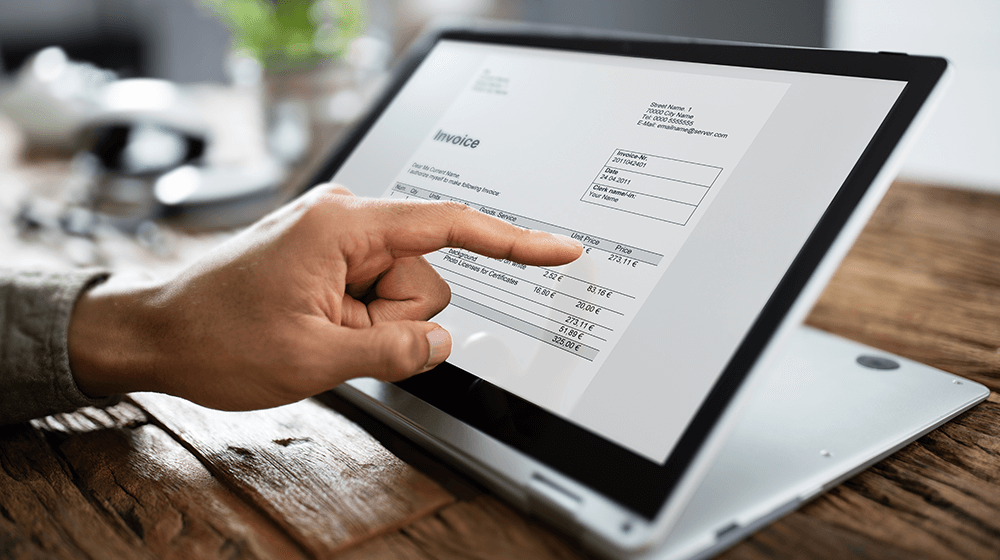
Invoicing For Small Business: Everything You Need To Know To Get Paid
Invoicing is one of the most important aspects of owning and operating a small business. It can be tough, especially for those new to the process, to understand what needs to be included in an invoice and how to get paid quickly and efficiently. So how can you make this repetitive task easier? This article explores invoicing tips and tricks to help small business owners get paid quickly and painlessly.
Table Of Content
Decide When To Invoice
Most business owners send out invoices as soon as they can after completing a transaction. However, it’s best to wait until you’re certain that the project or service is complete before sending an invoice. This will help keep disputes and confusion to a minimum by reducing the chance of any claims that the job hasn’t been completed correctly. You can discuss with your clients when they expect to receive an invoice and set up a payment schedule in advance.
Use Professional Invoice Templates
With the right software, you can easily create invoices that look professional and meet legal requirements. An example of a good software is FreshBooks, which provides a self employed invoice template to its users which is easy to customize and use. This template is pre-filled; all you need to do is download it and fill in the necessary information. A professional template should have the following:
- A clear description of goods or services provided
- Contact information for both the seller and buyer
- Invoice date and due date
- Payment terms
- Any applicable taxes or discounts
Set Clear Payments Terms
Every business owner knows that timely payments are important to running a successful business. To ensure this happens, you must include clear payment terms on every invoice you send out. These should be discussed and agreed upon before the job is completed so there’s no confusion when it comes to invoicing and payments.
In your invoice, it is worth mentioning late payment fees. This stipulates any late payments that would incur a fee and acts as an incentive for customers to pay promptly. Write down your company’s terms and conditions so that you have written proof of the agreement between you and your customer in case of any legal matters.
Allow Multiple Payment Methods
Make it convenient for your clients to pay by providing various payment options. For example, you can offer options like credit cards, bank transfers, or PayPal. This will make it easier for customers to pay on time and reduce late payments. You can also make it simpler for them by adding a “pay online” option to your invoice. This will allow customers to quickly and conveniently pay their invoices without the need for cash or cheques.
Brand Your Invoices
Do you want your clients to remember you? If so, it’s important to brand your invoices. This includes your logo, contact details, and website address. This helps customers associate their invoices with your business and make a strong impression on them. This not only helps you get paid faster but also helps to increase your brand’s recognition and gain your client’s trust.
Keep Track Of Your Invoices
Once you have the right software in place, you can track and store the invoices you send out. This will help you to stay organized and quickly access information when needed. Having a record of your sent invoices, payments received, and outstanding payments will make it much easier for you to follow up on late or unpaid invoices. For unpaid invoices, always send polite reminders to your clients or enquire about the payment.
Conclusion
By following these tips, you are well on your way to getting paid quickly and efficiently. Invoicing with the right tools, payment terms, and platforms can help make this process much easier. With little effort, you can easily ensure that your small business gets paid on time, every time. Get started on your invoicing journey now and take one step closer to running a successful business. Happy invoicing!






